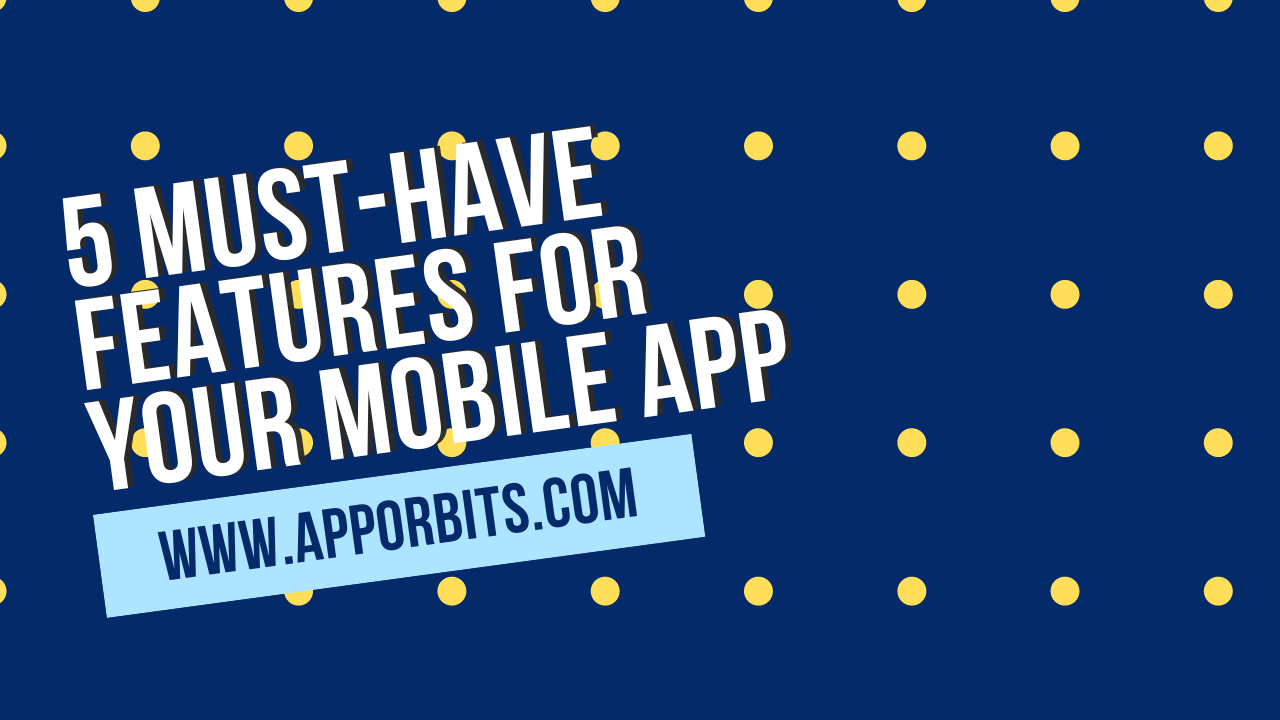Users form quick opinions of new apps based on their initial experience, so developers must incorporate key features that capture users’ interest while adding value for them.
These include features such as: User experience/UX, Security, offline use/offline storage/push notifications/cross platform compatibility etc. In this article we’ll be exploring these key characteristics a mobile app must possess.
UI/UX
An effective mobile app must feature a user-centric UI/UX design that offers users an engaging digital experience, along with robust security measures, optimized performance across devices and screen sizes, timely push notifications, analytics reporting tools, and robust security protocols to protect personal information.
User experience (UX) refers to the components of digital products that users interact with directly, such as menus and buttons. UX research investigates how these interfaces look and are organized – for instance whether “save” buttons are found under “file” or “view”.
An effective mobile application must incorporate cutting-edge technologies like artificial intelligence, augmented reality and device-specific enhancements for maximum impact and longevity. This enables it to offer rich experiences that withstand time and technological progress.
Security
As privacy issues continue to gain priority in people’s minds, mobile app security will continue to be of utmost importance. This includes secure coding from the start as well as two-factor authentication and data encryption features. Tamper detection must also be included along with periodic security patches updates for the app.
Data encryption safeguards sensitive information by converting text into unintelligible code that can only be deciphered with the appropriate key. Popular algorithms include RSA and Blowfish, which offer an excellent balance between speed and security.
Rate limiting is another important aspect of security that helps safeguard against brute-force attacks and reduce service disruption risks. It helps keep any single user from making too many requests at one time within a specific period. This practice helps mitigate against brute-force attacks while protecting against service disruption risks.
Offline use
Offline mode in apps provides users with access to specific features even without an Internet connection, making this feature particularly helpful when traveling abroad, where using large data networks may incur high roaming charges.
Implementing offline functionality in your mobile app can be a complex task, requiring careful evaluation of business needs, user needs and tech feasibility. Furthermore, you must determine which parts can operate offline as well as how best to cache data.
Example: Many travel guides disconnect their Internet connectivity while traveling due to high costs and to conserve battery power on smartphones. Offering your product as an offline mobile version will greatly enhance user experience while building customer loyalty – in turn leading to your app’s success!
Push notifications
Push notifications are an effective way to keep users engaged with your app. They allow you to inform users about time-sensitive promotions or updates without them needing to open it first, such as alerting them with a tone, brief message, icon badge or Notification Center alerts.
Apps allow us to highlight new features, promote special offers and onboard new users quickly and efficiently. Notifications also work outside the app itself, making them ideal for engaging inactive users or sending urgent notifications.
Compelling push notification content is key to increasing engagement. Testing and evaluating results to optimize this feature are also key, with TechAhead’s push notification integration into mobile apps helping ensure the appropriate information reaches the right users at the appropriate times.
Cross-platform
Today’s mobile economy demands that users experience efficiency when engaging with apps, so including must-have features into your mobile app can enhance user experiences, foster loyalty and boost conversion rates and revenue growth. These features could include clear UI/UX design, social media integration, secure payment options and innovative features like Augmented Reality.
Cross-platform compatibility is an invaluable feature of mobile applications as it enables them to run seamlessly on different operating systems and devices while also helping reduce development resource requirements.
ReactNative, Xamarin and NativeScript are among many cross-platform mobile development frameworks. Make sure to research each framework to find one best suited to your project needs; additionally find out its update frequency as well as whether there is an active developer community around them.
Updates
App updates can keep your app exciting and engaging for users, but make sure they remain relevant and useful to them. With trends always shifting rapidly, ensure you deliver relevant and useful updates as soon as they’re needed.
Consistently updating your app with new features shows consumers that you care about their experience and want to enhance it, while at the same time helping avoid losing significant numbers of users to competitors due to stagnating features or services in your app. Furthermore, regular quality updates allow your app to update without needing a reinstall, which reduces maintenance costs and revenue losses; especially important if your app is available through App Store or Google Play.
Analytics
An essential feature for any mobile app should be analytics capabilities that collect and monitor user data. This can enable you to effectively measure and improve app performance so as to meet business goals – including streamlining user interactions for ease, improving performance-boosting features or adding new ones based on trends from user feedback.
Implementing a mobile analytics tool that integrates with ad platforms, App Store analytics, marketing websites and CRM makes combining data from all your channels easier, allowing you to better understand customer relationships while optimizing mobile marketing strategy.
Not all mobile analytics tools offer automatic event collection; to measure what’s meaningful to your app you can define custom events to track. For instance, tracking the number of rage taps may help identify which elements confuse or frustrate users and lead them down an undesirable path.











